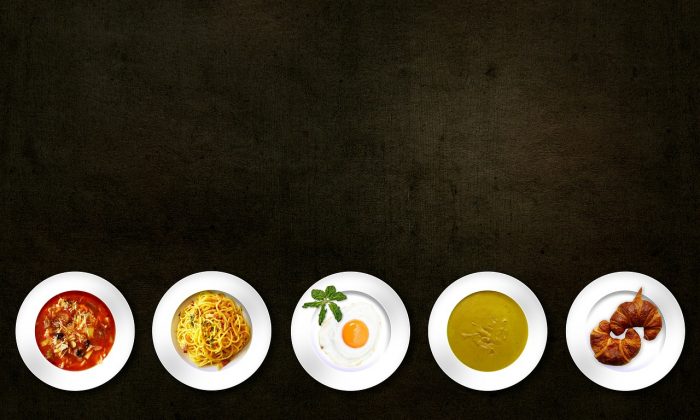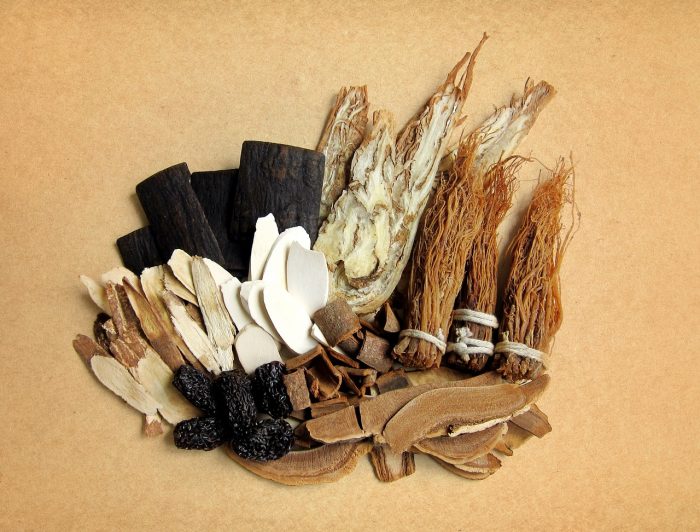The blood sugar is the amount of sugar that exists in the blood when measured by a test.
The amount of sugar can be normal, low or high. When the blood sugar is high, then it is referred to as diabetes.
Diabetes is a medical condition in which the body is unable to produce insulin, which is an enzyme that is responsible for the conversion of excess glucose in the blood to glycogen. There are mainly four types of diabetes and they are:
- Type 1 Diabetes mellitus: This is a type of diabetes where the immune cells attack the pancreatic cells that is responsible for the production of insulin which is necessary for keeping the blood sugar in a normal range.
- Type 2 Diabetes mellitus: In this type of diabetes, insulin is produced normally but the body’s response is abnormal. The body becomes resistant to insulin production and the glucose is unable to penetrate the cells to provide energy. This causes the amount of glucose in the body to rise and the pancreas to producing more insulin which increases the strain on the pancreas. Insulin resistance is another disease of the pancreas but might not result into diabetes if the pancreas can produce enough insulin to keep the blood sugar regulated without breaking down.
- Gestational Diabetes: This is a special type of diabetes that happens during the stage of pregnancy. This is as a result of the mother’s insulin becoming less effective as a result of the hormones from the placenta.
- Diabetes insipidus: This is a disorder of the salt and water balance in the body and this happens when the body is unable to balance how much water and salt is absorbed or excreted.
Symptoms of Diabetes include:
- Dehydration
- Tiredness
- Fatigue
- Numbness and tingling in the hand
- Blurry vision
- Sores or wounds that take a longer period to heal than usual.
- Extreme, unexplained weight loss.
Reducing blood sugar is a matter of importance and though there are medications that can be taken to reduce blood sugar. Here are five ways to lower your blood sugar level:
-
OBSERVE YOUR BLOOD SUGAR CLOSELY:
The first thing you need to do when you are diagnosed with high blood sugar is that you understand at what time your blood sugar rises and what activities you were doing at the time when it rose. A fasting blood sugar level should be less than 100mg/dL, if it ranges from 100 to 125 then it is prediabetes but if it ranges above 126 then it is diabetes but this is subjected to other factors.
Two hours after fasting, it should range close to 140 mg/dL for people with normal blood sugar. For prediabetic patients, it would range from 140 to 199 mg/dL and for diabetic patients, it ranges above 200 mg/dL. However, a blood sugar test might be influenced by some factors that make it seems to be what it is not. The factors include:
- Physical or emotional stress might trigger the release of some hormones that might affect the level of the blood sugar,
- Menstruation and menopause also causes hormonal changes in women causing changes in the hormones that affect the blood sugar,
- Drugs like steroids and water pills affect the blood level of sugar.
- Some snacks and meals tend to increase your blood sugar exponentially.
Hence, it is important that the blood sugar test is repeated constantly to ascertain the actual blood level sugar. With repeated testing, you would be able to ascertain if you are truly suffering from high blood sugar.
-
CHANGE YOUR DIET
Some meal that tends to raise your blood sugars and there are some foods, vegetables and fruits that help to reduce your blood sugar. Glycemic index is a relative ranking of carbohydrate in foods according to how they affect blood glucose levels. Foods with low GI is the best constituent for the diet of a person with high blood sugar. Foods with a GI lower than 55 include:
- Sweet potatoes
- Legumes
- Sweet potatoes and yams
- Fruits apart from pineapples and melons
- Nuts
- Garlic
By taking these foods, your blood sugar level would drop significantly. It is important to note that, one diet plan that would work for every diabetic patient. It is important that each patient works towards having a meal plan that meets their preferences and lifestyles while also ensuring that the goal of reducing blood sugar is not left behind.
-
TAKE HERBAL EXTRACT
Surprisingly, there are some herbal extract that would help reduce your blood sugar quickly that it would look almost like as if you never experienced high blood sugar. Here is a list of some herbs extract that helps to reduce the blood sugar:
- Cinnamon: This extract stimulates the activity of insulin and helps to lower the blood pressure. Powdered cinnamon is mixed with water and then taken.
- Bitter melon (Bitter Gourd): This extract is prepared from bitter melon and it is prepared by removing the seeds and using a juicer to extract the juice after which you add water to the juice. Drink on an empty stomach every morning and you will soon start to experience a decrease in your blood sugar.
- Aloe-Vera: Aloevera extract helps to stimulate the production of insulin in the body which is exactly what a person suffering from diabetes need. The recommended dose is 50 ml per day.
- Black Plum: this extract contains anthocyanins ellagic acid and it can be produced from the black plum fruit, seed or leaves. It helps to reduce the sugar level of the blood as well as the urine.
- Mango leaves: An extract made from young and tender mango leaves is used in treating diabetes. Soak 10-15 leaves overnight and filter the solution in the morning on an empty stomach. You can dry it and grind it into powdered form.
-
SLEEP WELL
Sleep is necessary for good health and lack of rest and sleeping habits affect the blood levels and the action of the insulin. When a person is deprived of sleep, growth hormones are released and the cortisol and they both play a role in the level of blood sugar.
-
EXERCISE REGULARLY AND LOSE WEIGHT:
Exercise well and at the same time lose weight. By losing weight, you lower the level of blood sugar in your body. Work with your doctor and determine the type of exercise that would be best suited for your body. When you exercise, your muscles use more glucose than usual thereby reducing the blood sugar. However, be careful not to overdo it because strenuous exercise could lead to the blood sugar rising temporarily.
Exercising is a slow process and what matters is the result you get at the end so plan your time and work with the routine that suits your health as well as your time.




